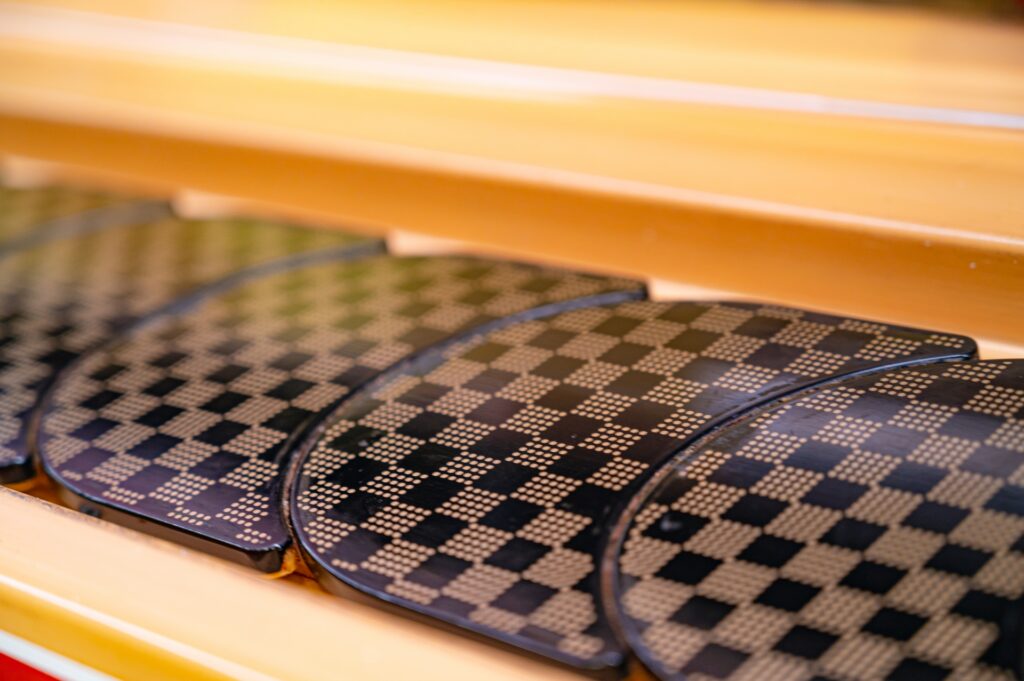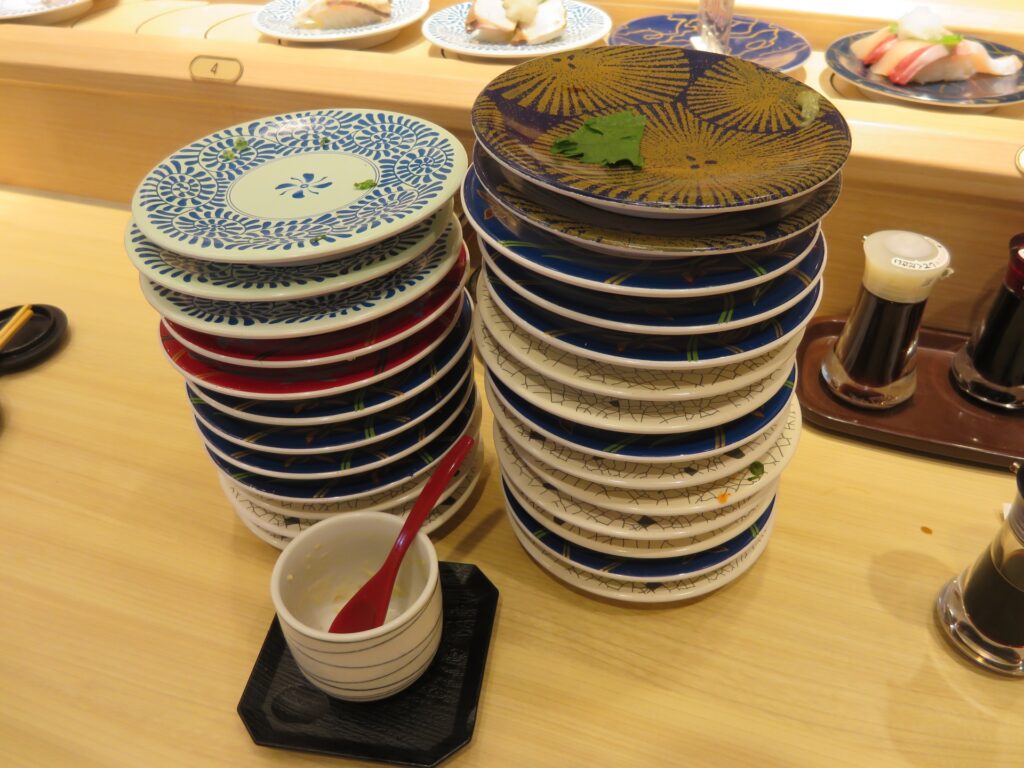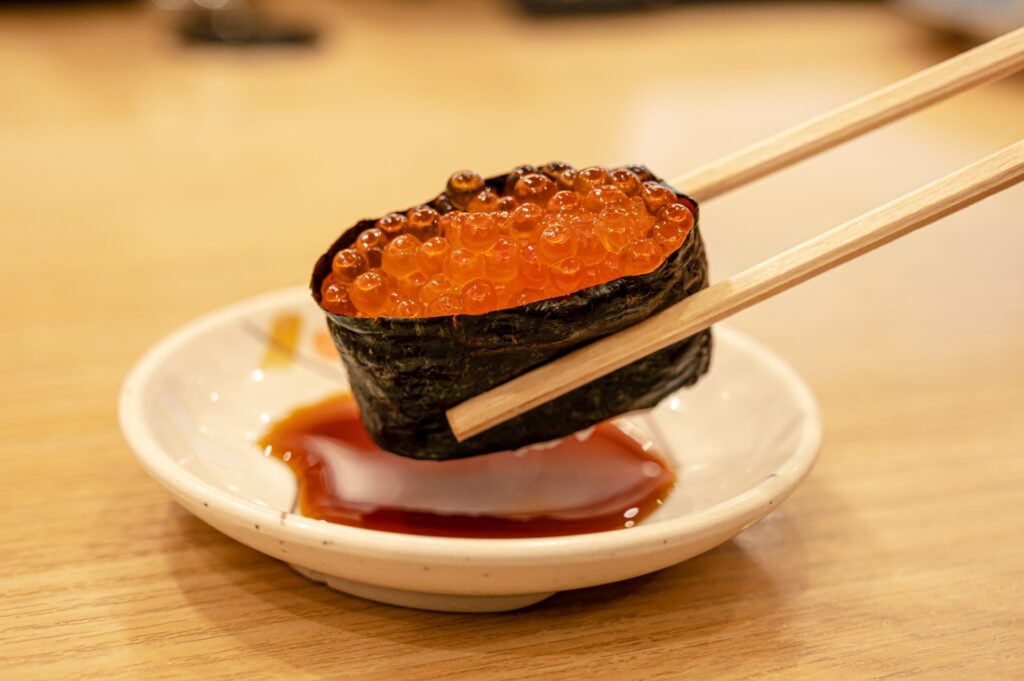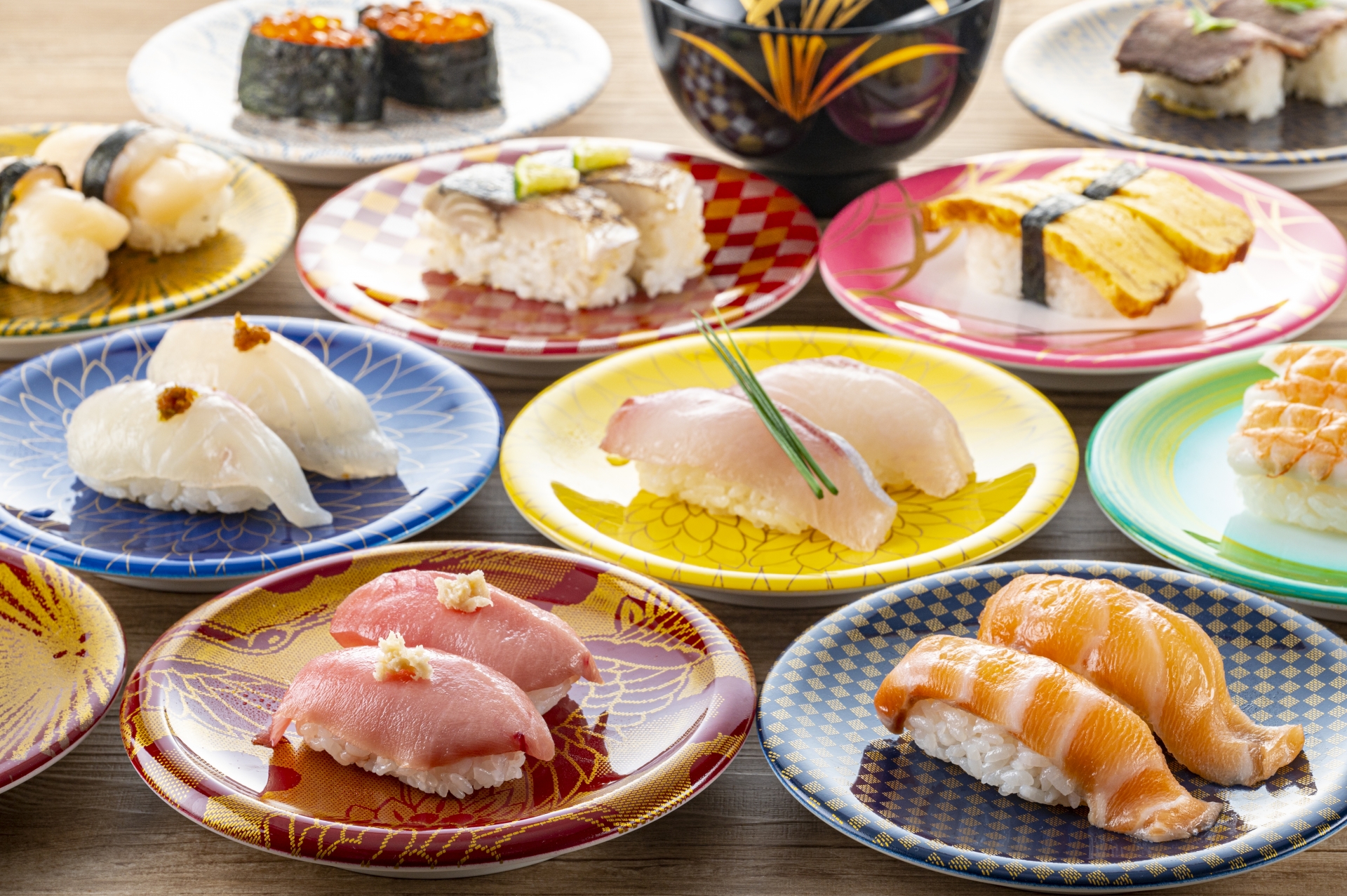Sushi conveyor belts, or kaiten-zushi, have revolutionized the way people enjoy sushi. Originating in Japan, these innovative restaurants offer a unique dining experience where dishes are delivered via a moving conveyor belt. This article will delve into the history, technology, and cultural impact of sushi conveyor belts, providing you with everything you need to know before your next kaiten-zushi adventure.
Understanding Sushi Conveyor Belts
Explore the mechanics and history of sushi conveyor belts, an innovative system that has transformed the sushi dining experience. This section will break down how these belts work, their origins, and the unique features that make them a global culinary sensation.
What is a Sushi Conveyor Belts?
A sushi conveyor belts, known as kaiten-zushi in Japan, is a type of restaurant where plates of sushi move along a rotating belt that winds through the restaurant. Patrons can simply pick up the dishes they want as they pass by. The system not only offers a convenient way to serve food but also creates a dynamic dining atmosphere. The belts are typically powered by a series of motors and pulleys, with the speed adjusted to ensure that the sushi remains fresh while offering diners a steady flow of options.
How Do Sushi Conveyor Belts Work?

Sushi conveyor belts operate on a simple yet ingenious mechanical system. The belt itself can be made from various materials such as rubber, plastic, or metal, depending on the restaurant’s design. The conveyor belt is powered by a motor that drives a series of rollers, allowing the belt to move smoothly. In more advanced setups, some restaurants use magnetic systems that allow the plates to glide seamlessly without direct contact with the belt. Additionally, some restaurants employ RFID technology to track the age of the sushi on the belt, ensuring freshness and reducing waste.
The History of Kaiten-zushi
Kaiten-zushi was invented in 1958 by Yoshiaki Shiraishi, who wanted to make sushi more accessible and affordable. Inspired by the conveyor belts used in beer factories, Shiraishi developed a system that allowed sushi to be prepared and served more efficiently. The concept quickly gained popularity in Japan, offering a fast, affordable dining option that retained the quality of traditional sushi. Over the years, kaiten-zushi spread internationally, becoming a cultural phenomenon and a favorite among sushi enthusiasts worldwide.
Experiencing Conveyor Belt Sushi
Dive into what it’s like to dine at a kaiten-zushi restaurant. From practical tips to cultural etiquette, this section will prepare you for a memorable conveyor belt sushi experience, whether you’re a first-time visitor or a seasoned sushi lover.
What to Expect in a Kaiten-zushi Restaurant

Visiting a kaiten-zushi restaurant is a unique experience that blends convenience with culinary delight. Upon entering, you’ll be seated along a counter or at a table adjacent to the conveyor belt. Plates of sushi, usually color-coded based on price, travel along the belt. Diners can select their desired plates and stack them up, with the final bill calculated based on the number and color of plates consumed. It’s an interactive and engaging way to dine, perfect for both solo diners and groups.
Cultural Etiquette in Kaiten-zushi
Dining at a kaiten-zushi restaurant comes with its own set of etiquette rules, particularly in Japan. It’s customary to greet the staff upon entering and express gratitude when leaving. When selecting sushi from the belt, it’s polite to only touch the plate you intend to take. If you need a specific dish, many restaurants offer touch screens for custom orders, which are delivered directly to your table via an express lane on the conveyor belt. Understanding these cultural nuances ensures a respectful and enjoyable dining experience.
The Popularity and Appeal of Conveyor Belt Sushi
Discover why conveyor belt sushi has become a beloved dining choice around the world. This section explores the factors behind its popularity, including convenience, entertainment, and the global adaptations that have helped it flourish.
Why Conveyor Belt Sushi is So Popular

Conveyor belt sushi has become popular globally due to its unique blend of convenience, affordability, and entertainment. The ability to choose from a variety of dishes at your own pace, combined with the visual appeal of the rotating sushi, makes it an attractive dining option. Additionally, the open kitchen concept, where diners can see sushi being freshly prepared, adds a layer of trust and transparency to the dining experience. The system also allows for cost-effective operations, making sushi accessible to a wider audience.
Kaiten-zushi Around the World
While kaiten-zushi originated in Japan, it has successfully spread to many countries around the world. In regions such as the United States and Europe, kaiten-zushi restaurants have adapted to local tastes by offering fusion sushi and incorporating different types of cuisine. In some places, the concept has been expanded to include desserts and other types of dishes beyond traditional sushi. This global adaptation showcases the flexibility of the kaiten-zushi model and its ability to cater to diverse culinary preferences.
The Future of Conveyor Belt Sushi
Look ahead to the future of kaiten-zushi, where technology and sustainability are shaping the next evolution of this dining experience. This section will highlight innovations and environmental considerations, as well as offer creative ways to bring the kaiten-zushi experience into your home.
Innovations in Conveyor Belt Sushi Technology
The technology behind kaiten-zushi continues to evolve, with advancements such as AI-powered ordering systems and robotic sushi chefs. These innovations aim to improve efficiency, reduce labor costs, and enhance the customer experience. For example, some restaurants are experimenting with automated kitchens where sushi is prepared by robots, ensuring consistent quality and speed. As these technologies become more widespread, the kaiten-zushi experience is likely to become even more streamlined and accessible.
Sustainability and Environmental Impact

As the popularity of kaiten-zushi grows, so does the focus on sustainability. Many restaurants are adopting practices to minimize food waste, such as using RFID tags to monitor the freshness of sushi on the belt and remove older plates. Additionally, there is a growing trend towards sourcing sustainable seafood and reducing single-use plastics in packaging and utensils. These efforts reflect a broader shift in the food industry towards more environmentally conscious operations.
DIY Conveyor Belt Sushi at Home
For those who love the kaiten-zushi experience, creating a DIY conveyor belt sushi setup at home can be a fun and innovative way to entertain guests. With the availability of small-scale conveyor belt kits, it’s possible to recreate the rotating sushi experience in your dining room. This setup allows for creativity, enabling you to customize the sushi offerings and even include non-traditional items like snacks and desserts. It’s a unique way to enjoy sushi while bringing the excitement of kaiten-zushi to your home.











